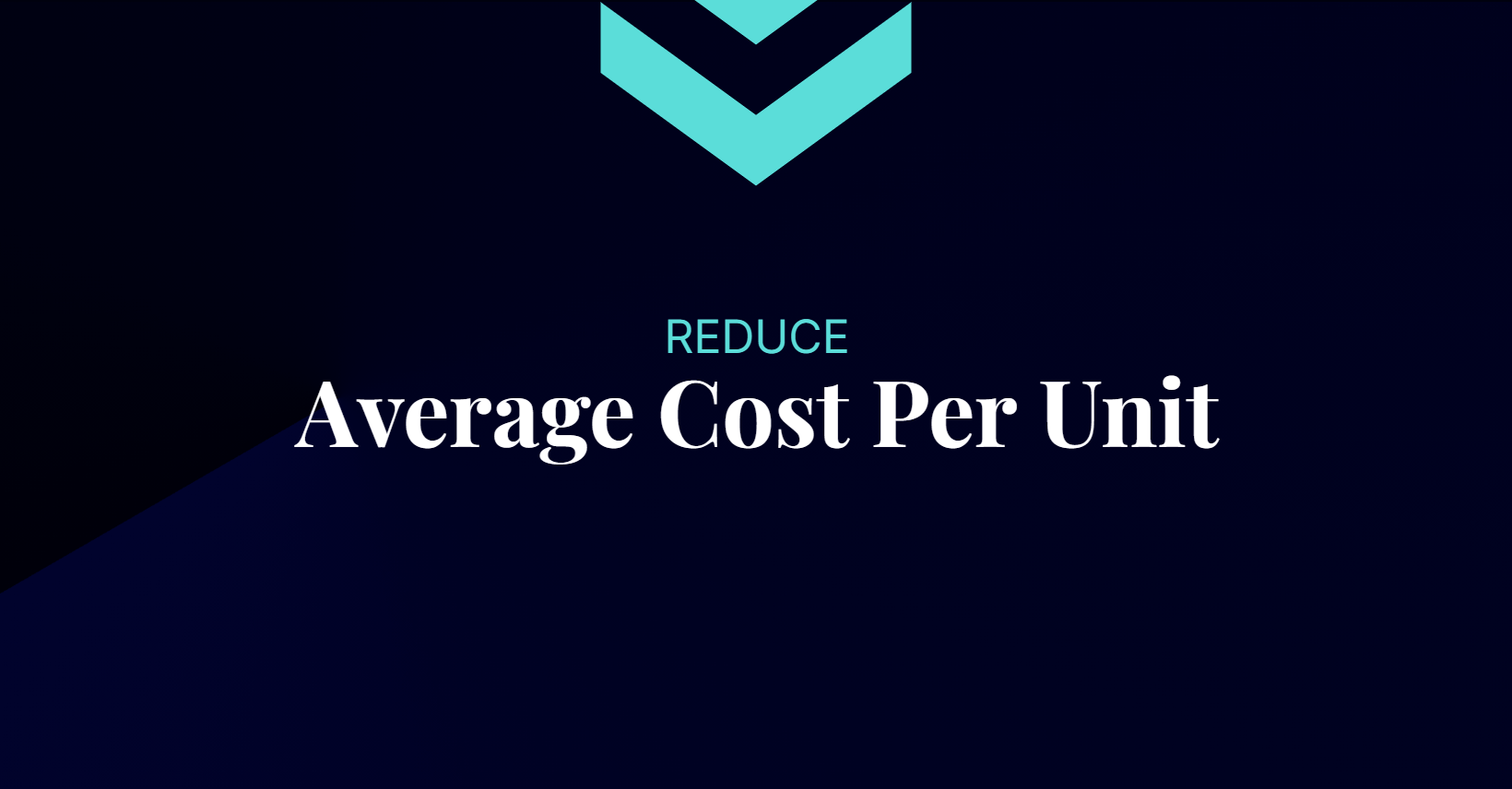
It’s not just about crunching numbers; it’s about deciphering the intricate world of expenses that shape your organization’s operational landscape. Various methods exist, each with pros and cons, making choosing the most accurate approach challenging. It often aggregates various cost components into a single figure, ignoring nuances and intricacies within different cost categories.
Assign Activity Costs to Outputs
These expenses are further divided into specific categories, such as direct labor costs and direct material costs. The former are the salaries paid to those who are directly involved in production, while the latter are the cost of materials purchased charitable contributions and your taxes and used in production. Companies can improve variable costs by finding the cheapest supplier or outsourcing the production process to a more efficient manufacturer. Marginal cost refers to how much it costs to produce one additional unit.
- Unit cost is calculated by dividing the total cost of production or service by the number of units produced or services rendered.
- Variable cost includes costs that fluctuate based on the number of units procured or produced.
- Fixed costs are production expenses that don’t depend on the volume of units produced, such as rent, insurance, and equipment.
- Factories might choose productive cost centers whereas an administrative wing might choose an unproductive cost center.
Best practices for effective unit cost management
Understanding these costs lets you strategically decide the number of licenses to purchase and which pricing tier to target. Ultimately, it will maximize cost savings while meeting your operational needs. In this case, the unit price would be the cost per license within each tier. If the software company decides to acquire 300 requests, the price of a unit for the first 100 licenses would be INR 5000 each, and for the following 200 licenses, it would be INR 4500 each. For instance, the cost unit of steel is naturally ascertained in terms of per ton.
Formula
Meanwhile, fixed costs must still be paid even if production slows down significantly. The first section of a company’s income statement focuses on direct costs. In this section, analysts may view revenue, unit costs, and gross profit. Gross profit shows the amount of money a company has made after subtracting unit costs from its revenue. Gross profit and a company’s gross profit margin (gross profit divided by sales) are the leading metrics used in analyzing a company’s unit cost efficiency. A higher gross profit margin indicates a company is earning more per dollar of revenue on each product sold.

Profitability analysis
The marginal cost will take into account the total cost of production, including both fixed and variable costs. Since fixed costs are static, however, the weight of fixed costs will decline as production scales up. If companies ramp up production to meet demand, their variable costs will increase as well.
Overall a unit must be sold for more than its unit cost to generate a profit. For example, a company produces 1,000 units that cost $4 per unit and sells the product for $5 per unit. If a unit were priced at $3 per unit, there would be a loss because $3 minus $4 (cost) is a loss of $1 per unit.
A financial professional will offer guidance based on the information provided and offer a no-obligation call to better understand your situation. Our writing and editorial staff are a team of experts holding advanced financial designations and have written for most major financial media publications. Our work has been directly cited by organizations including Entrepreneur, Business Insider, Investopedia, Forbes, CNBC, and many others. Activity-based costing encourages managers to identify which activities are value-added—those that will best accomplish a mission, deliver a service or meet customer demand. Outputs can be products, services, or customers (persons or entities to whom a federal agency is required to provide goods or services).
Our team of reviewers are established professionals with decades of experience in areas of personal finance and hold many advanced degrees and certifications. Identify all of the outputs for which an activity segment performs activities and consumes resources. While valuable for short-term decisions, the analysis might not be sufficient for complex strategic choices that require a broader perspective and consideration of long-term implications. Benchmark your cost of the unit against industry standards and competitors. It provides insights into your cost competitiveness and highlights areas where you might need adjustments to remain competitive.
